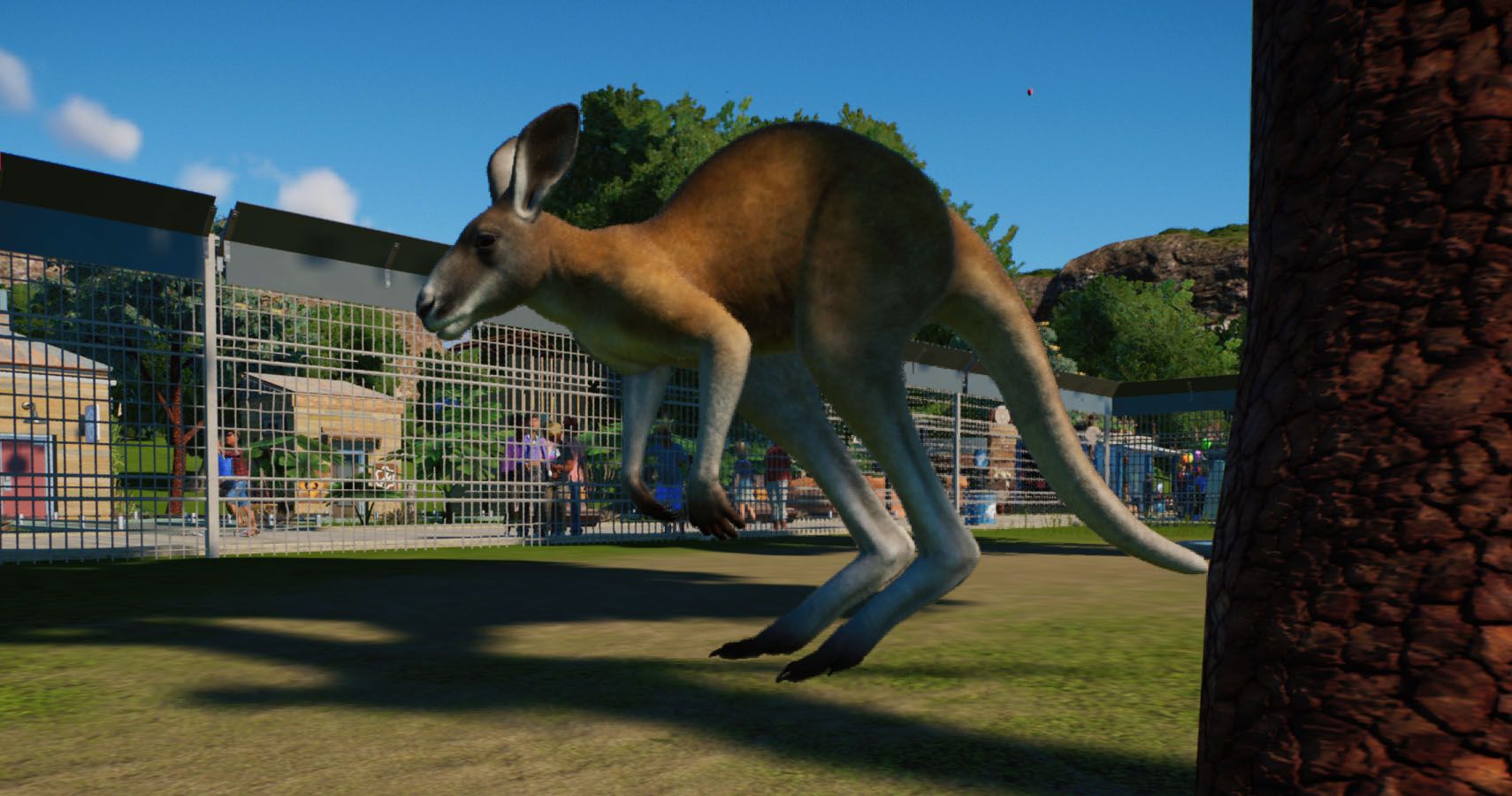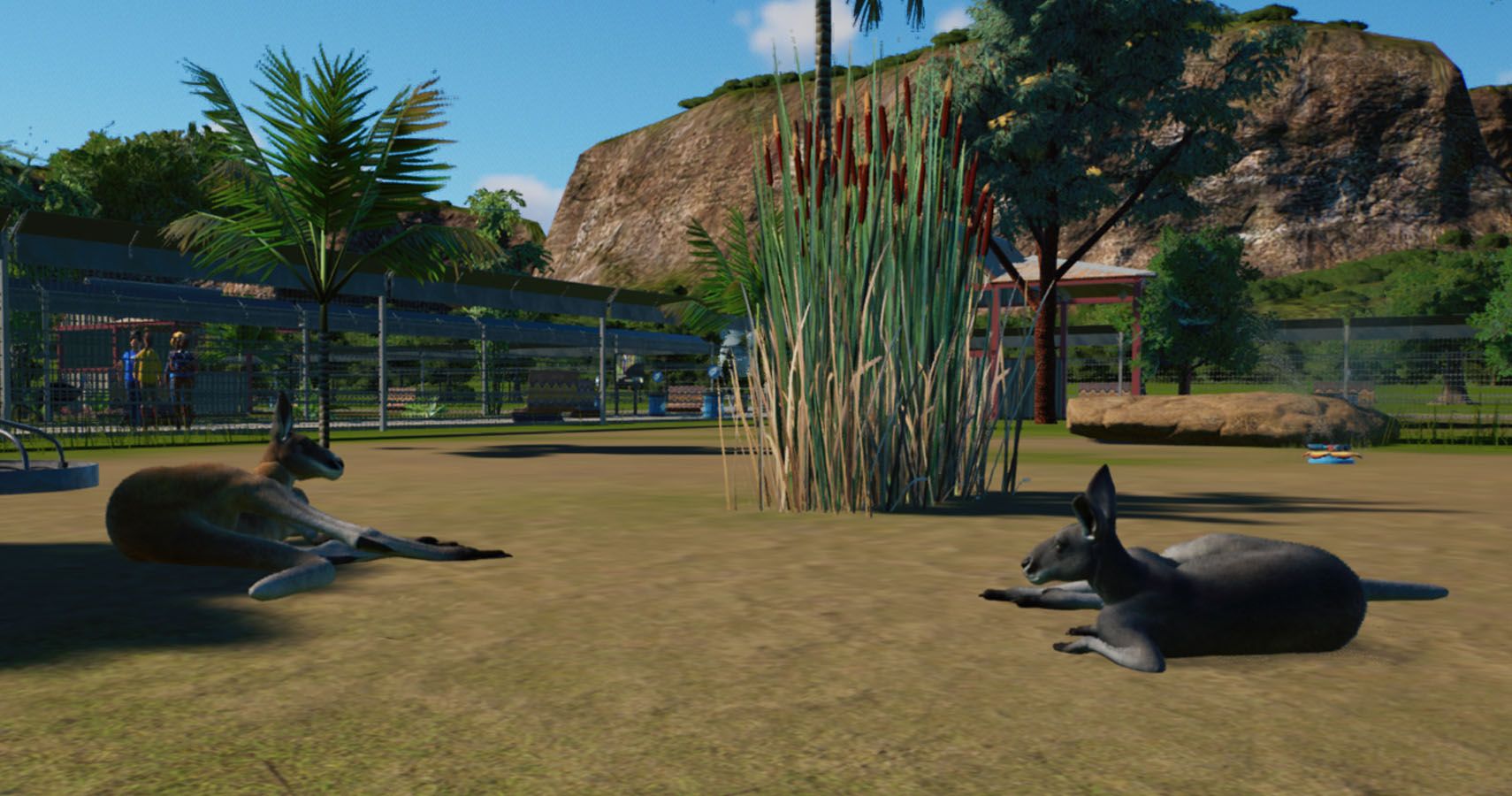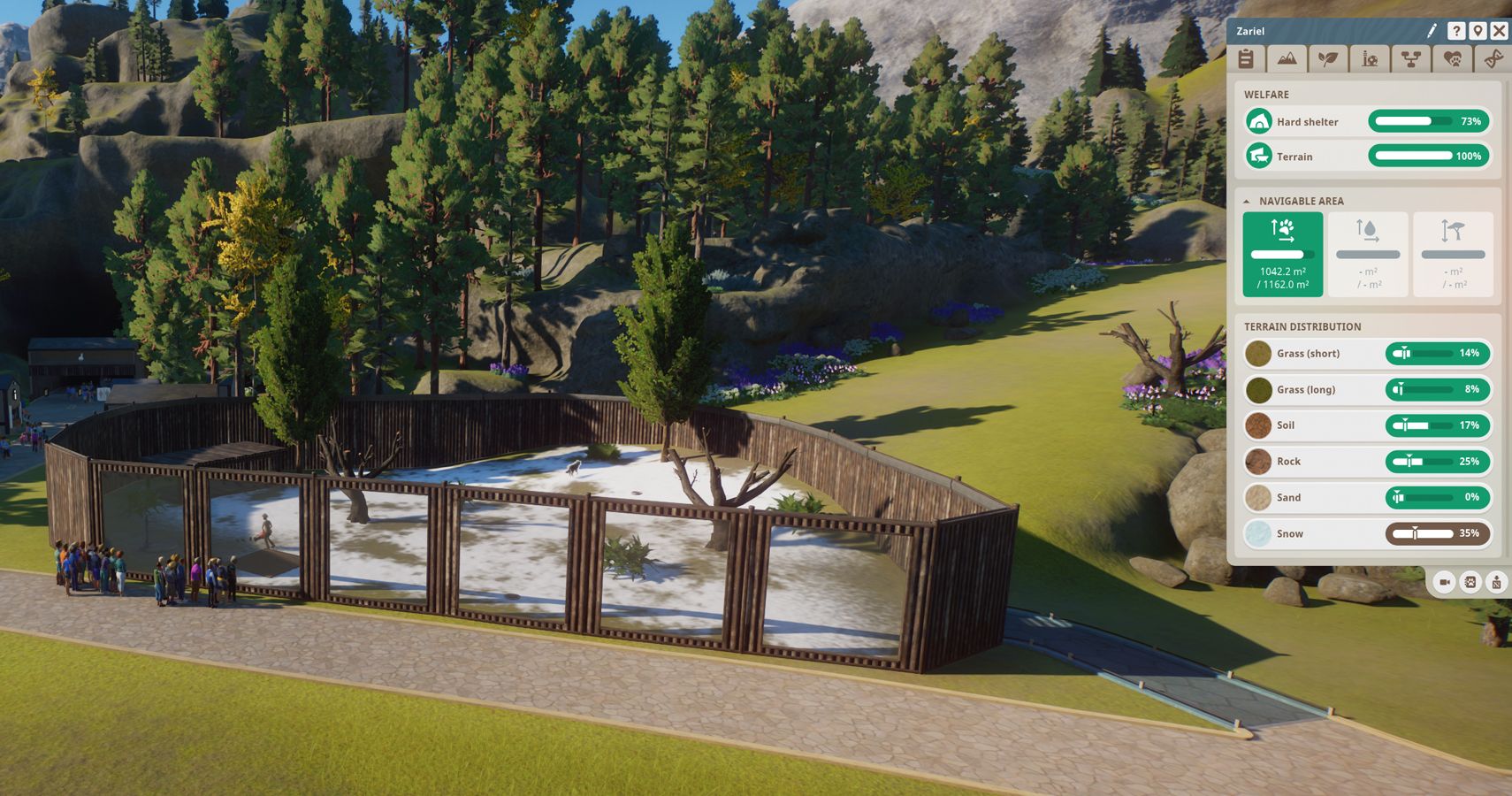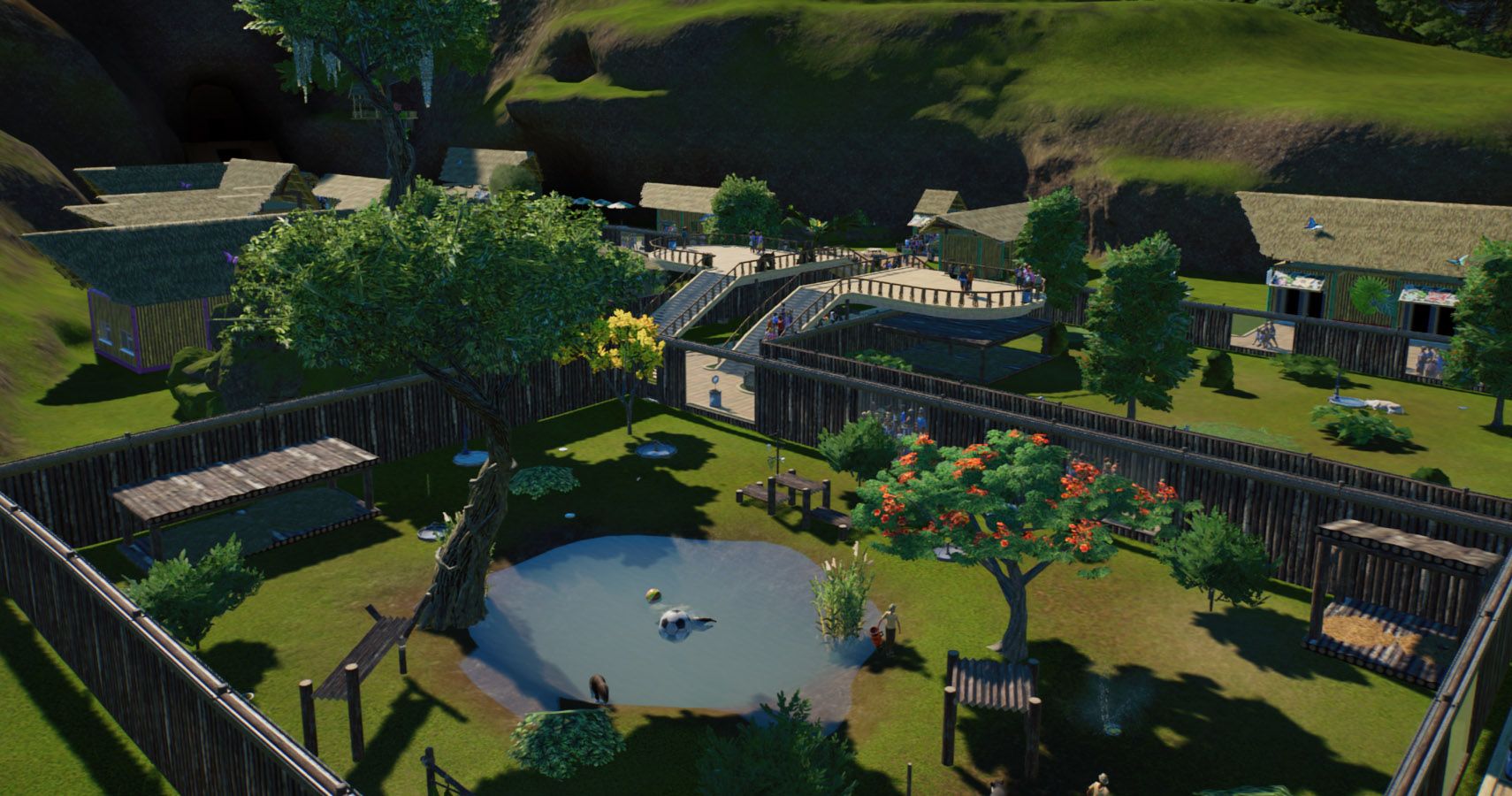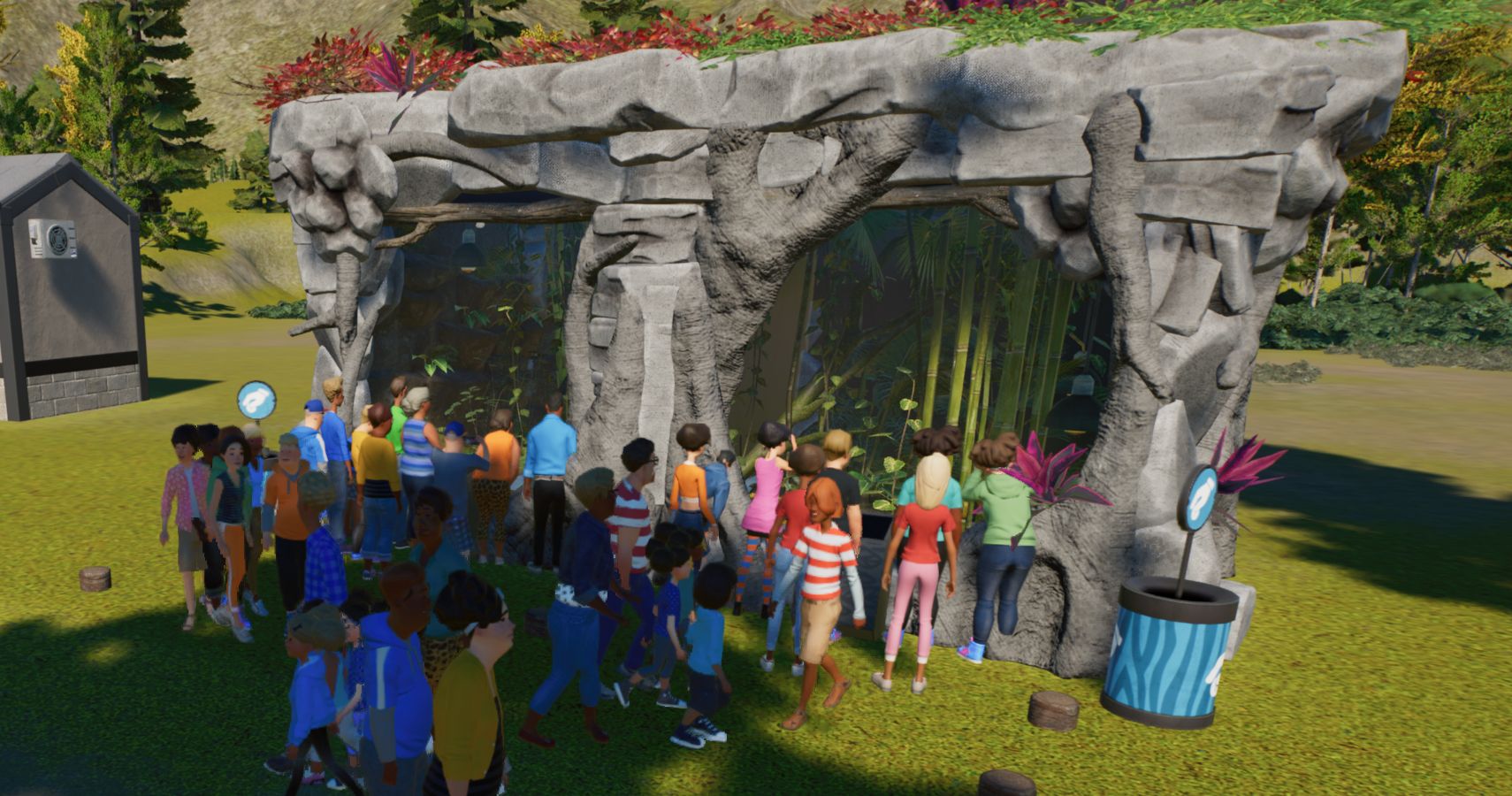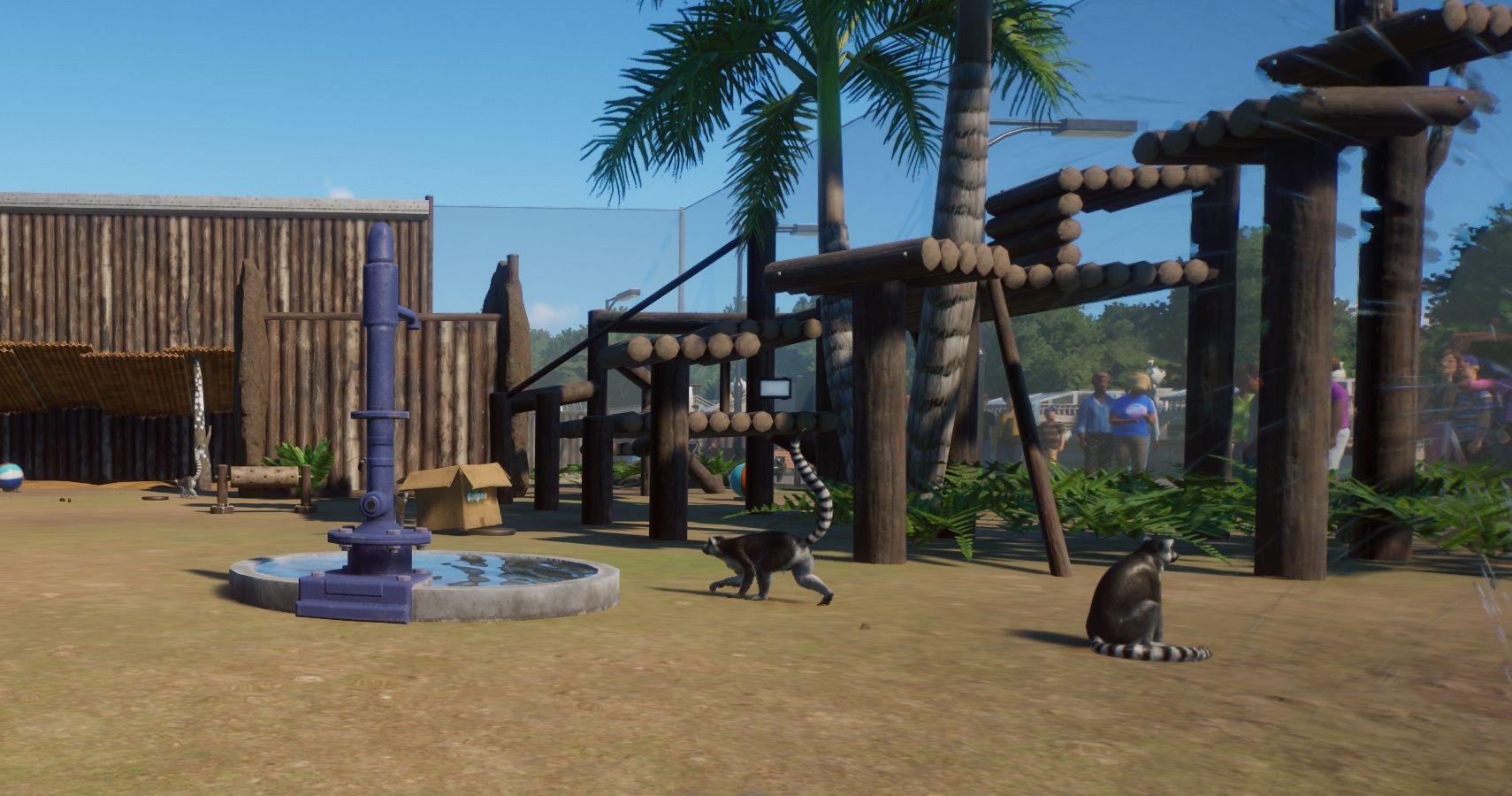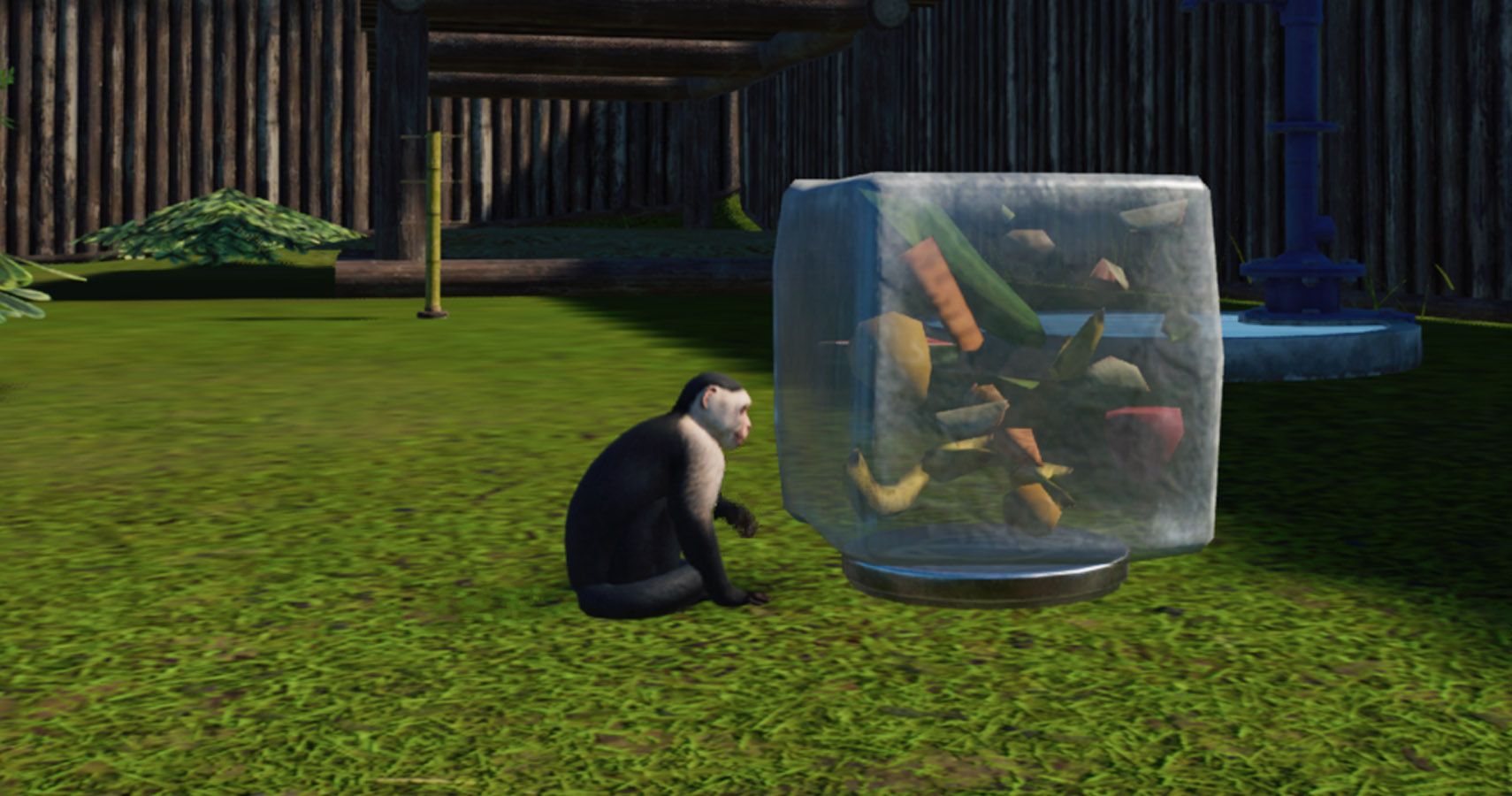Planet Zoo can seem overwhelming when you first begin but by breaking down the individual aspects of zoo management it becomes much easier to understand. While there are masses of in-depth options to explore in order to run a highly efficient zoo, the most important thing about the game is the animals themselves.
If you care for your animals well you'll draw in visitors and prevent a lot of issues. Neglected animals, on the other hand, will attract protestors and have a huge negative effect on your reputation and in turn your profits. So with this in mind here's our simple guide to making sure your animals have the very best care.
Preparing Habitat Animals
Animals in habitats are the main focus of many career zoos in particular, so getting these right is essential. The best way to do this is to use the animal information you can access by clicking on them.
After a while, you'll become more aware of the needs of common animals but to begin with, the easiest way to start is to build a reasonable size habitat and simply add an animal into it. Putting your animal into quarantine before moving them into an exhibit can help prevent issues but isn't essential. When you are just starting out there is less risk, especially if you only have one animal. However, when adding an extra animal at a later time, it becomes more essential to make sure they aren't bringing in a contagious disease.
To build a basic exhibit you just need a fence. While open fences allow visitors to see more if the entire fence is open it can cause animals distress. A good choice for a starting fence is the log barrier. It's cheap, you can add glass to specific panels to create viewing areas, and you can add anti-climb barriers if required. The habitat overlay is helpful here to identity if animals will be able to escape your enclosure.
Once the animal is in the exhibit and unboxed, you can pause the game to stop any negative effects of the inappropriate environment while you sort it out. Simply click on the animal and you'll see their information displayed in a window with different tabs.
Getting The Essentials Right
The window you see in the screenshot above is your blueprint for getting the correct habitat. If you follow the prompts on each tab you can't go wrong. However, it's worth noting that you don't need to make everything optimal to keep welfare high.
Start with the terrain and focus on this first. The terrain has a huge effect on the welfare of your animals and is the easiest and cheapest way to make a habitat appropriate. Therefore it's worth taking the time to experiment with the terrain paint to ensure each of the terrain bars is green.
You'll also need to make sure you add a food and water source as well as a shelter. The navigable area section will tell you if an animal requires swimming space or climbing space and if the habitat is too small.
Once this screen looks green, as in the above screenshot, the main part is done. You can now move onto foliage and enrichment.
Adding The Extras
Once you click the foliage tab you'll see a list of the continents and biomes appropriate for the animal in your exhibit. Use these to filter the foliage and then place trees, plants, or bushes as required.
As soon as the bar for coverage hits green you can stop. Often this can be as little as one to two pieces of greenery. While most animals will tolerate more, this isn't essential and can be added later.
The other additions are enrichment items but often these will have to be researched. It's a good idea to try and research the initial level of each animal as soon as you can so you can at least add some enrichment to their habitats. It's also worth checking what other animals unlocked enrichment items are suitable for as there is often overlap. For instance, all big cats will have very similar enrichment needs.
Exhibit Animals
Exhibit animals are the easiest to care for and can attract a large crowd. You simply need to add them to the exhibits and make sure you set the correct temperature and humidity, as shown on the animal's welfare tab.
Once this is done, research will unlock extra items you can add to the exhibits to increase welfare. While not essential, it will raise welfare significantly, even just adding one option, and doesn't cost anything.
Most prebuilt animal exhibits come with display screens for education. Sell the ones you don't need for a refund then make sure you set the others to show information for the correct animal.
Ongoing Care
All animals will need zookeepers to make regular visits to them in order to replenish food, water, and clean the exhibit or habitat. There are a few things you can do to make this process more efficient. These are setting work zones, placing keeper huts in accessible places, and making sure visits are frequent.
You can make visits more efficient by grouping exhibits in small clusters and adding a keeper hut and staff room in a central location. We recommend a small keeper hut for one to two keepers and a large one for three to four. This minimizes staff's waiting time and the amount of time they spend walking around. If you see a lot of queueing notifications you can add an extra hut where required.
Work zones will also ensure animals are visited properly. We recommend starting by setting up two exhibits along with the closest keeper hut and staff room per keeper and keeping an eye on their workload. Some animals, especially those in large herds, are more work than others and may require one keeper just to maintain their habitat, while others can be grouped together. While setting up work zones don't forget to add your exhibits as these also require keeper attention and can be easy to miss. It's also good to have an extra keeper with no work zone who can fill in the gaps caused by other keepers' breaks.
Using the water pumps or placing small pools of water can also help since these will not require frequent replenishment, meaning animals always have access to drinking water. However, water placed as part of the terrain will require a water filtration unit placed within range or will need replacing once it gets dirty, to avoid any diseases entering your enclosure.
Maintaining Standards
Once you've set up the enclosures, work zones, and paths the main thing you need to do is keep an eye on your notifications to head off any issues that crop up. The most common problems are diseases, hygiene, and food or water issues. You may also encounter fights, inbreeding, and injuries.
Infected or injured animals can be clicked on and sent to quarantine, or have a vet attend to them immediately. This is essential to stop the illness from spreading. A shortage of food or water or a dirty habitat is usually a keeper issue but can be a layout problem. If a habitat requires a lot of cleaning then it may need a keeper assigned just to that one location. If food or water is running low try increasing the size or number of food bowls and ensure they are all accessible. You can also add water pumps to keep a better supply of freshwater. Watch your animals and check they can eat or drink from them.
If you have issues with inbreeding, fights, or overcrowding then selling or releasing animals is the answer. Sometimes with small groups of animals, it may be required to replace one of your breeding age animals, or to apply contraception to prevent younger animals from inbreeding once they age up.
If you have a good setup from the start and keep an eye on your population, most issues can be prevented before they even crop up.
If you want more help with your zoo planning make sure to check out our other Planet Zoo articles.

